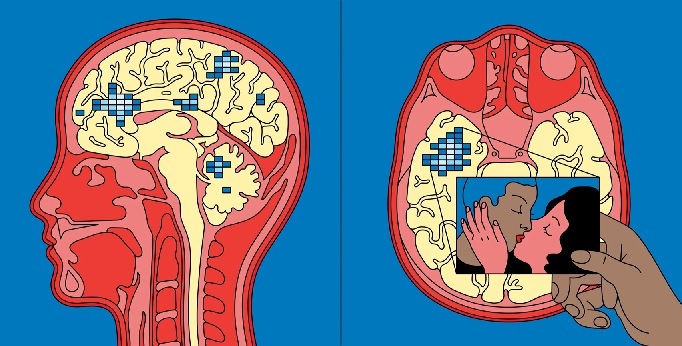The most important part of any session often happens before anything “happens” at all. Those first few seconds — how you return, what mindset you bring, where your attention lands — quietly decide whether the experience will feel focused or scattered.
Where You Begin Determines What You Notice
Coming back into a fast-paced environment isn’t neutral. You carry your mental state with you: the stress from a meeting, a social scroll, a half-finished thought. And if the first move is automatic — click, act, chase — that noise follows.
But when the first moment is conscious — a small pause, a check-in, a breath — it sets a different tone. You give yourself a second to switch modes. That’s all it takes to re-enter with control instead of tension.
People who build this habit tend to get more from shorter sessions. They’re not just reacting; they’re adjusting from the start.
Many platforms overlook this transition. They assume the user’s ready. But experiences that gently support those first few seconds — offering a reset, not a rush — help users engage more clearly and more confidently. You can read more about how this shapes satisfaction even when time is limited.
Momentum Isn’t Always Your Friend
It’s easy to carry forward momentum without realizing it. You left in a hurry, and now you return in that same rush. But fast re-entry doesn’t always mean clean re-engagement.
That carryover energy — from a previous session or just from your day — can cloud judgment. You might act before you’re fully present. Or continue a pattern that no longer fits the moment.
The alternative isn’t slowness. It’s awareness. A second of reflection resets the frame. It gives you a chance to ask: “Am I actually here yet?”
Some users create rituals, consciously or not. A deep breath. A glance at the clock. A first decision that’s deliberately low-stakes. These aren’t delays — they’re anchors. And they often make the difference between a reactive session and a thoughtful one.
Micro-patterns at the Start Affect the Whole Arc
The beginning of any session sets expectations — not just about outcomes, but about how the process should feel.
If your first action is rushed, the rest tends to follow. If it’s calm, the rhythm often stays steady. These micro-patterns matter more than we think. They don’t just set the pace. They shape how long you stay, how clearly you think, and when you choose to leave.
This is why some short sessions feel satisfying while others leave a blur. The opening seconds weren’t aligned with your focus — and that dissonance carried through.
Recognizing this lets you design your own rhythm. Maybe you start with a known pattern. Maybe you avoid jumping back in mid-thread. Whatever works, it’s yours — and that control becomes its own kind of reward.
Why the Exit Is Easier When the Start Feels Right
Many people focus on how to end well — stopping at the right time and leaving without regret. But smooth endings start with clean beginnings.
If you enter too fast, your body stays tense longer. If you start unsure, the middle stays uneven. But when re-entry is deliberate, it’s easier to sense when the arc is complete.
You’re not scrambling to recover attention halfway through. You’re simply following a rhythm you created.
This doesn’t mean every session is perfect. But the act of starting with awareness makes it easier to recognize when you’ve had enough — and to leave without second-guessing.
And that kind of close — one that feels earned, not forced — is what most people quietly seek.
Conclusion: The First Few Seconds Are the Real Choice Point
The way you step into a session quietly shapes how the entire experience will feel. Those first few seconds don’t just begin the process — they color it. If you return with noise, the experience scatters. If you return with presence, even a short session can feel whole.
Re-entry is more than just logging back in. It’s the first decision that shapes all the others.
And when you learn to approach that moment with clarity, the rest unfolds with less effort — and more impact.

